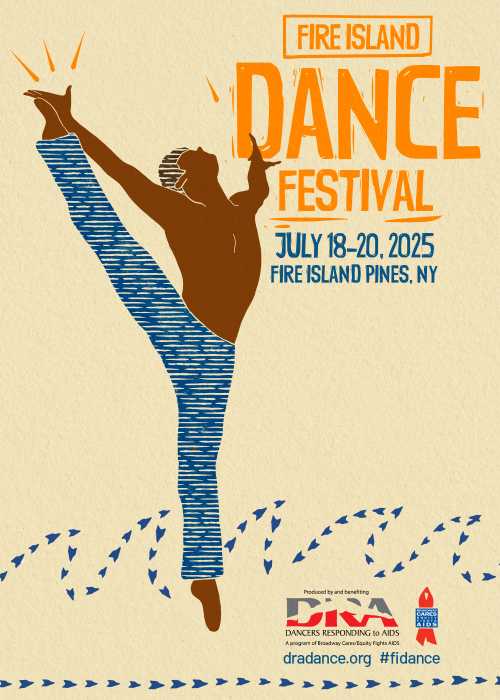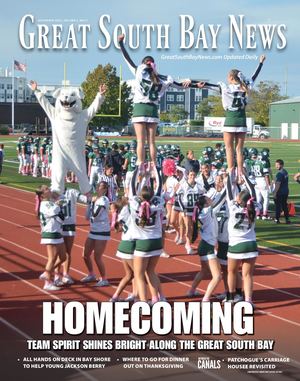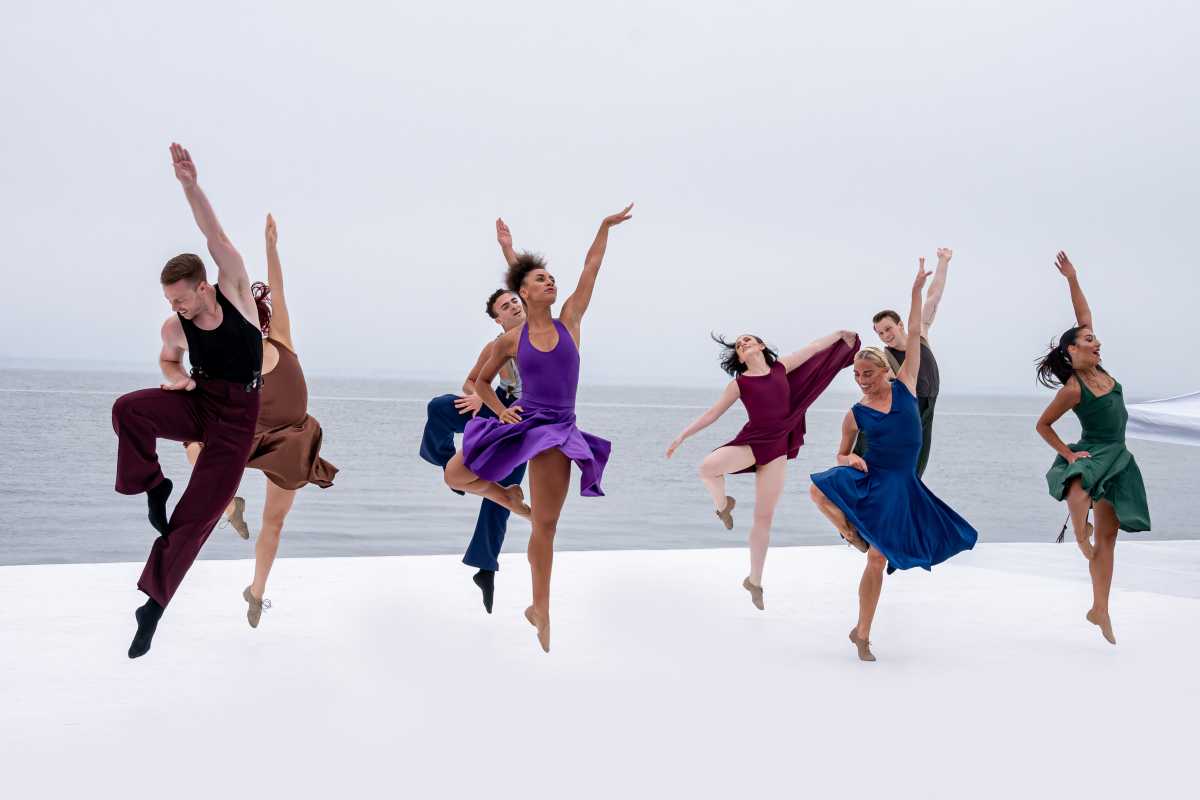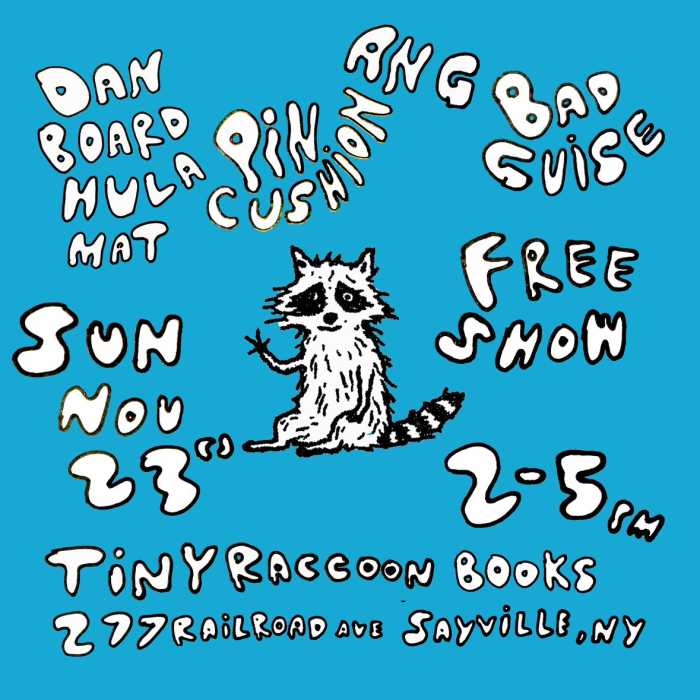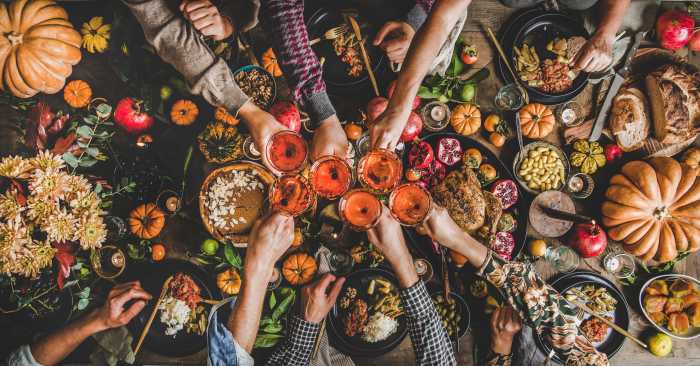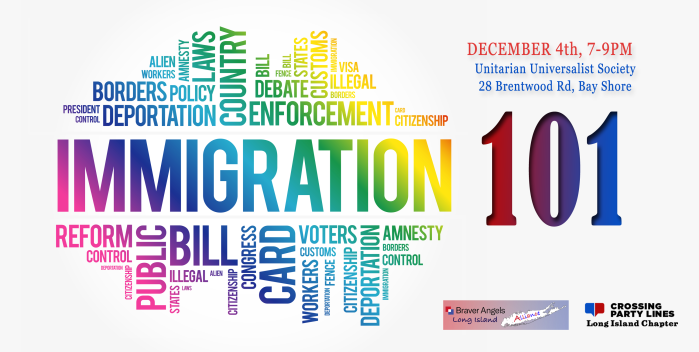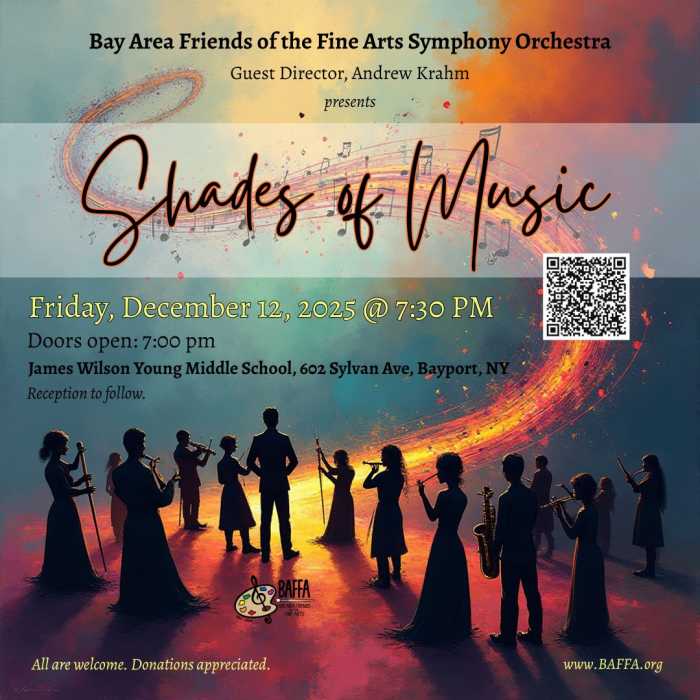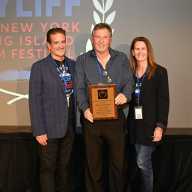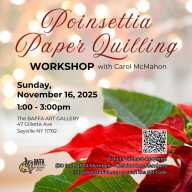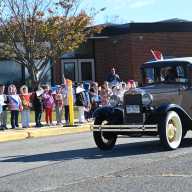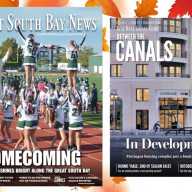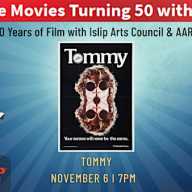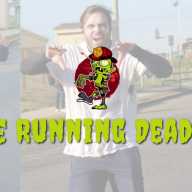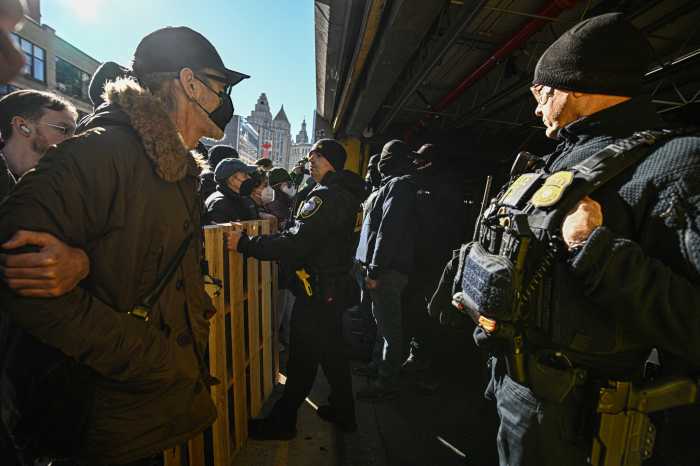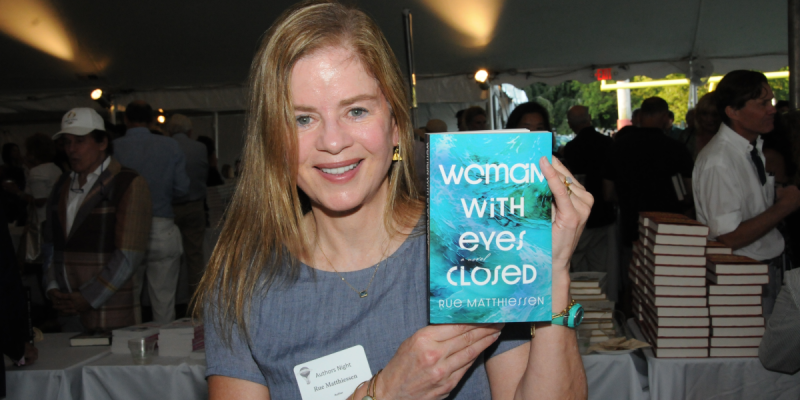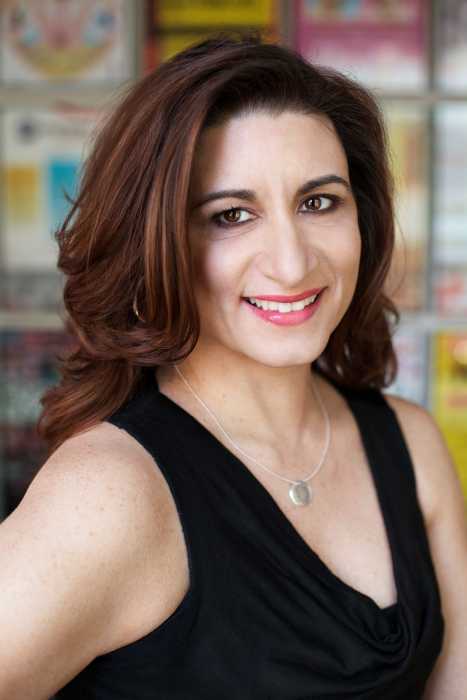
As co-founder of Dancers Responding to AIDS (DRA), Denise Roberts Hurlin has been leading the Fire Island Dance Festival since its inception. A dancer herself, she was a founding member of Parsons Dance in 1987 and danced with the Paul Taylor Dance Company for six years. The year 2025 will mark the 30th anniversary of the Fire Island Dance Festival, and her dedication as the founding director of DRA remains strong.
Fire Island News (FIN): How did the festival come about?
Denise Roberts Hurlin (DRH): In 1991, Hernando Cortez and I were dancing for the Paul Taylor Dance Company. It was suddenly thrust upon us that there were two people in the company who were dying of AIDS, as well as a number of people in our community. People we knew were in class one day and gone the next. We saw that there was a need within our own Taylor family, and Hernando really felt that it was important that we start something. He went to the Fire Island Pines every summer, and he realized that this would be a great place to do an AIDS benefit dance performance, because it is already a tremendous sanctuary for the gay community. We could simply lay a dance floor out on someone’s pool deck, and voilà, you’ve got a performance space. We started the festival in 1995 with seven performers in the program. We raised almost $8,000, and here we are now—almost $9.2 million has been raised since that first performance. (That doesn’t include what this year will bring.)
I think that the festival evolved so rapidly because the Fire Island community was so devastated by the AIDS crisis. So many people found sanctuary in the Pines not only to express who they are—their true selves—but also to go to die and to be buried. It was very common to throw someone’s ashes into the ocean as a memorial. The dance festival was a celebration—it was a time to be together, where everyone felt connected and safe; a time that was celebratory as opposed to sad. And as time went on, it grew into this cultural moment, something that the Pines could empower as their own. It’s been called the “cultural event of the summer” on Fire Island, something that the community can rely on to bring beauty and grace and joy, as well as to be a terrific fundraiser for the programs that are served by Broadway Cares.
FIN: You were at the height of your career during the height of the AIDS crisis. What was it like being part of the dance community during that time?
DRH: It was just incredibly sad. It is an odd thing to be in your 20s and watch someone deteriorate and die, or to see someone one week, and then the next week they’re gone. In the beginning, it was a very insular experience—felt within certain artistic communities, of course within the gay community. It was very prevalent in our world, but it took four or five years—when Rock Hudson passed away in 1985—for a president [Ronald Reagan] to even say the word “AIDS.”
We wanted to let it be known that we’re here, that we’re supporting these people. In the beginning, it was primarily about supporting our community as they were dying. That was our goal. Because as with so many queer communities today, it was that chosen family—the family that you create for yourself because possibly the family that you’re born into is not there to support you—that people fell back on. The Fire Island Dance Festival offered a way for the dance community to come together and support one another. By 1996, it started to change a little bit, because we weren’t just responding to people dying anymore: We were supporting people living with HIV. Our mission became supporting those who are living with the disease, instead of dying from it.
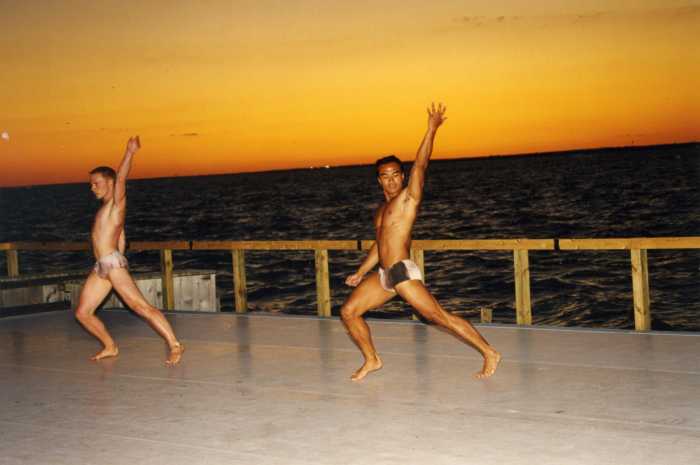
FIN: What is the planning process like?
DRH: Well, it’s an island, so you have to bring everything over. During that first festival, there were about 50 people in attendance. I was serving drinks, we were all wearing lots of hats (I still wear lots of hats, but different hats). It was very small, very grassroots. It’s still grassroots and hands-on, but now, there are over 80 volunteers who are there for the week. Five trucks of gear are brought over on a barge. We unload the trucks and push all the equipment up the hill to begin building the stage. We cover the pool of this property where the performances are held, and we build a stage that’s right up against the bulkhead of the bay so that it gives the appearance of infinity as they’re dancing.
It’s also about feeding people—it’s about hosts providing housing for the dancers. Other than the fundraising, that is the greatest way that the Pines community supports the festival. Real estate is prime in the Pines, so if we had to house 30–50 dancers every year, that would be infeasible.
We have a wonderful support system of donors who come year after year. You hear things like, “It’s the best weekend of the summer,” “I look forward to this all summer.” And they work hard! It’s great to attend all the festivities, but it’s also work to make sure that tickets are sold, donations are made, because that is our mission. It’s not simply to present this beautiful festival that’s filled with world-class talent—it’s to fundraise for the communities that are served by Broadway Cares.
FIN: Has the current political/cultural climate impacted the festival at all, either practically/logistically or in terms of its philosophy and mission?
DRH: Certainly. Almost all arts organizations that receive government support have seen a decrease in their funding, whether it’s a dance company or one of the service organizations that are part of our national grants program. From literally every 501(c)(3), we’ve heard, “Listen, our budget has been affected. Is there any way you can support us?” For our national grants program, we have been able to maintain that support; however, we are not a stopgap measure to compensate for what the government has reduced.
What is good is that we—DRA and Broadway Cares—do not get government funding, so that hasn’t been a direct effect to us. Therefore, our programs and events have been able to continue. There are ten different companies that are performing at the festival this year, and we are very proud that they are able to do what they do, that there aren’t any restrictions other than the space itself.
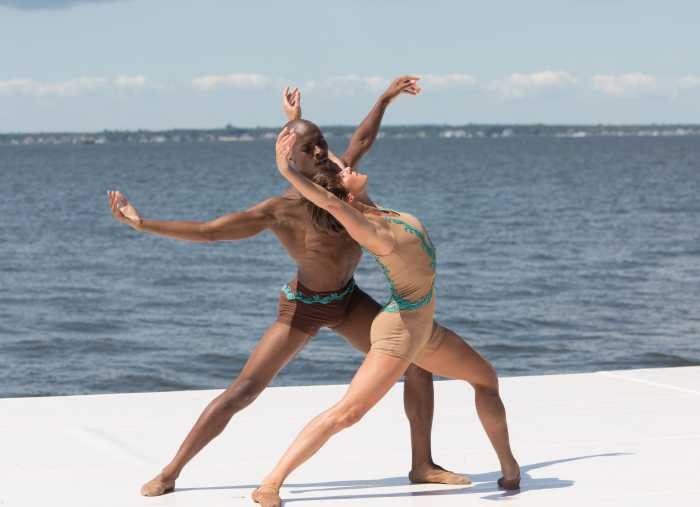
FIN: How are attitudes towards gender and queerness shifting within the dance community?
DRH: There has always been an openness within the dance community, partly because dance is not a commodity—it’s not necessarily as commercial as theater, for instance, can be. Because of that, dance offers a lot of opportunity for people to express themselves, because they’re being supported by foundations or donors that are there to support whatever their vision is.
Organically, the gender norms are shifting and evolving, particularly in the ballet community. For example, there’s a piece being performed this summer by nonbinary dancer Ashton Edwards and soloist Christopher D’Ariano, both with Pacific Northwest Ballet. They are performing a pas de deux by Christopher Wheeldon. For the first time, the role—traditionally performed on pointe by a woman—will be performed by Ashton. I think that it’s important, especially during this time when [people’s right to express their gender] is being called into question—there’s no question, why would you question? This is an artistic expression by an amazing dancer. And why not have that opportunity for this person to express their art, in support of DRA, in support of the work that we do, as well as to have that ability to do that?
In each iteration of the festival, I feel that it’s important that there’s a real array of dance that’s presented. We serve everyone in the performing arts, whether you’re a company that performs in the bowels of Brooklyn, or you perform only at Lincoln Center. So, that has sort of evolved and grown, as well as the work that we see presented on the stage.
Courtney Washington is a Black trans femme artist and choreographer, who has really made her name for herself in the ballroom community. An excerpt of a full work of hers will be presented on the program, and I’m very happy to see her work have a showcase that is a different sort of presentation than she would normally do.
It’s also important to us to engage people in the theater community, to enable them to create work that isn’t just guided by just the show that they’re doing—for instance, if it’s Guys and Dolls, you have to use that music. The Fire Island Dance Festival really offers an opportunity for choreographers to share their vision.
Reed Luplau, who is a dancer/choreographer who has worked a lot on commercial theater—on Broadway lately—is creating a work that is for five men, that is a snapshot of what it means to be single in 1979 for a gay man. That is an opportunity that’s not necessarily offered in commercial theater as much.
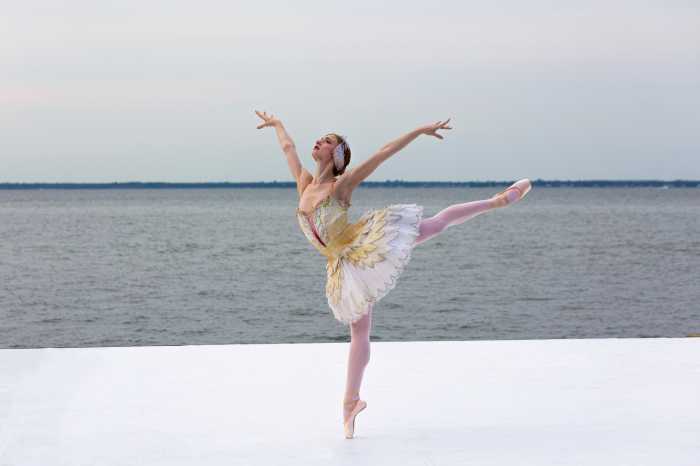
FIN: What are DRA’s goals at the moment? How do you see it evolving in the future?
DRH: My hope for the festival’s future would be to continue to engage new communities of people who come to Fire Island. We’re pretty popular, but there are still a lot of people we haven’t touched yet. I would like them to really be a part of the festival, because we are part of the fabric of Fire Island, and I think that it would be nice to welcome them.
I would also love to continue to engage the performing arts community so that they can come and experience this beautiful place. I mean the Pines—it’s magic! You step off the ferry, and you can’t believe it’s real. It’s like, “Really? I was just on the LIRR. I don’t understand.”
So, it’s really a special place, and it’s been a privilege to be part of this community and to bring people out so they can experience it, too.
We have a lot of volunteers who have been working at the festival for over 20 years. And when I say working, I mean taking time off from their real jobs so they can come work out in the hot sun, all to come out to Fire Island, because they cannot believe how beautiful and magical this place is. And to support DRA and all of our fundraising efforts, of course! But I do feel it is the beauty and majesty of Fire Island that is so captivating. It really inspires people to want to be there and to return year after year.
FIN: What is different about DRA/Broadway Cares today than when you started?
DRH: In 1995, our support was centered around people with HIV/AIDS, and we still provide for that community, but we’ve broadened our scope to include women’s health. We now support the Entertainment Community Fund’s Women’s Health Initiative. That was the first time that Broadway Cares decided to expand our outreach, because women were at the helm of providing care for those people who were dying of AIDS. We felt that it was only right that we support women as well.
Another thing that has changed over the years is Broadway Cares’ support of the Pines. In a way, it has come full circle. Annually, we extend a $25,000 grant to the Pines Care Center, which provides healthcare services to residents and visitors.
There are also now people on our committees—the benefit committee, the steering committee—coming from other communities, such as Lonelyville and Ocean Beach, not just the Pines. Support has spread along the island. That’s definitely been a change over the years.
Collaborating with other organizations that are part of the Pines is really important. FIPPOA [Fire Island Pines Property Owners’ Association] has been a tremendous support system for us. FIPAP [Fire Island Pines Arts Project] is also a great collaborator, as well as some of the commercial businesses. It takes a village, right? Those sorts of things have been important to our growth and being part of this community.
